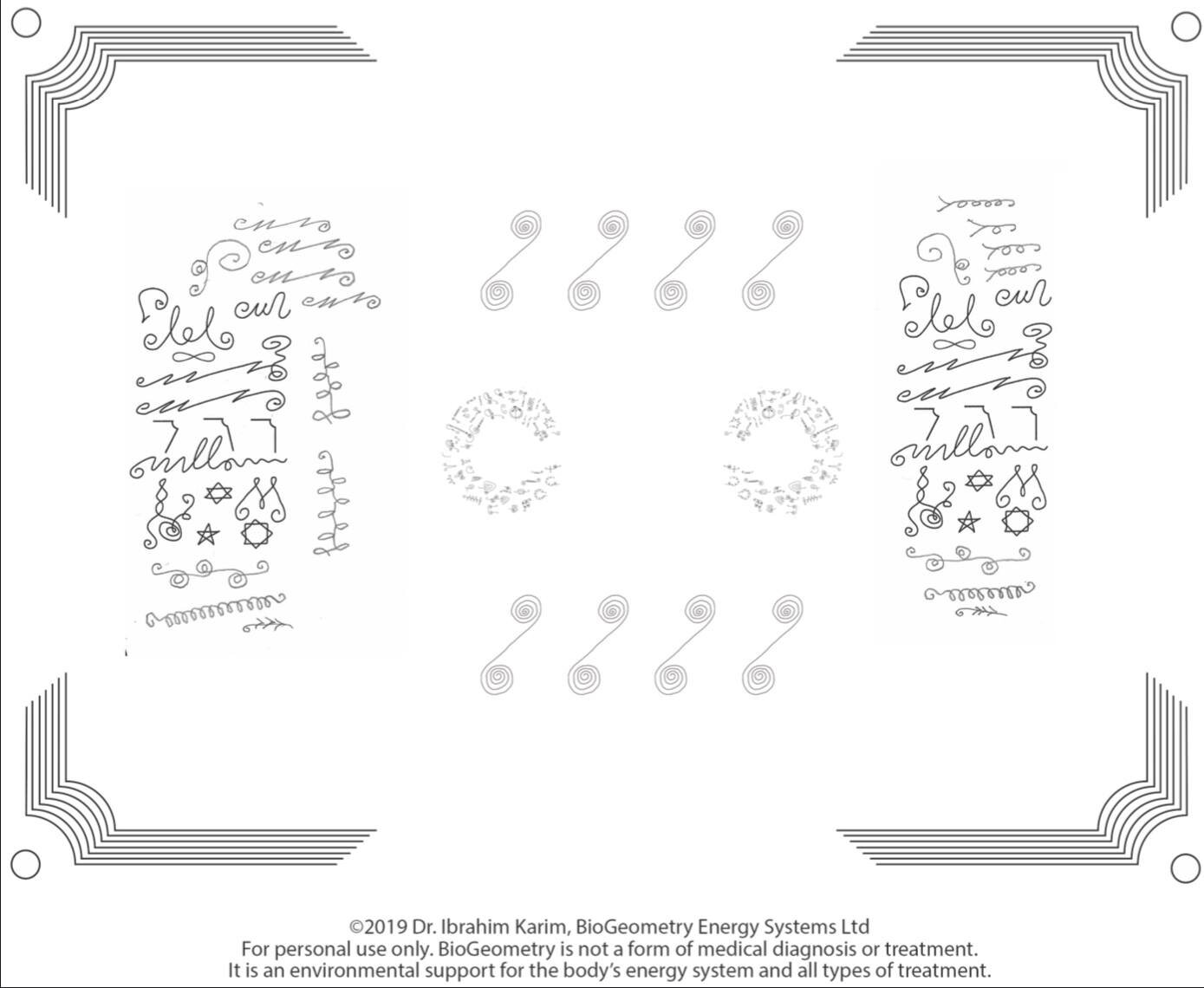Scientists Can Now Use WiFi to See Through People's Walls
Researchers at Carnegie Mellon University can map human bodies through walls using WiFi signals.
The technology tracks key points on the body for detection, extending previous research into using WiFi signals to locate humans.
The study’s authors position the breakthrough as helpful to privacy, even if it opens the possibilities for much easier, cheaper human tracking.
It isn’t immediately clear how using only a WiFi signal to track human movement through walls improves personal privacy ... but that’s what a new study from Carnegie Mellon University claims.
In a recently published paper, the researchers expanded on the study of employing WiFi signals to map human movement, especially in low-light situations that make using other technologies less than desirable. They write:
“We developed a deep neural network that maps the phase and amplitude of WiFi signals to UV coordinates within 24 human regions. The results of the study reveal that our model can estimate the dense pose of multiple subjects, with comparable performance to image-based approaches, by utilizing WiFi signals as the only input.”
This pathway opens the options for low-cost, broadly accessible human tracking through walls.
High-cost technology has successfully mapped people’s movements through walls for years. And researchers at the Massachusetts Institute of Technology have spent over a decade working on ways to more easily see people through walls, whether using cell phone signals or WiFi. In the Carnegie Mellon study, scientists had WiFi signals send and receive a body’s coordinates and then used DensePose to map the body.
From the study:
“Advances in computer vision and machine learning techniques have led to significant development in 2D and 3D human pose estimation from RGB cameras, LiDAR, and radars. However, human pose estimation from images is adversely affected by occlusion and lighting, which are common in many scenarios of interest.”
By reducing the need for the advanced—and expensive—technology, the Carnegie Mellon researchers say they can make human tracking more available. Somehow, they’ve also positioned the breakthrough as a privacy-positive situation. You don’t need WiFi signals to see that’s a bit sketchy.
Content from: https://www.popularmechanics.com/technology/security/a42575068/scientists-use-wifi-to-see-through-walls/



















